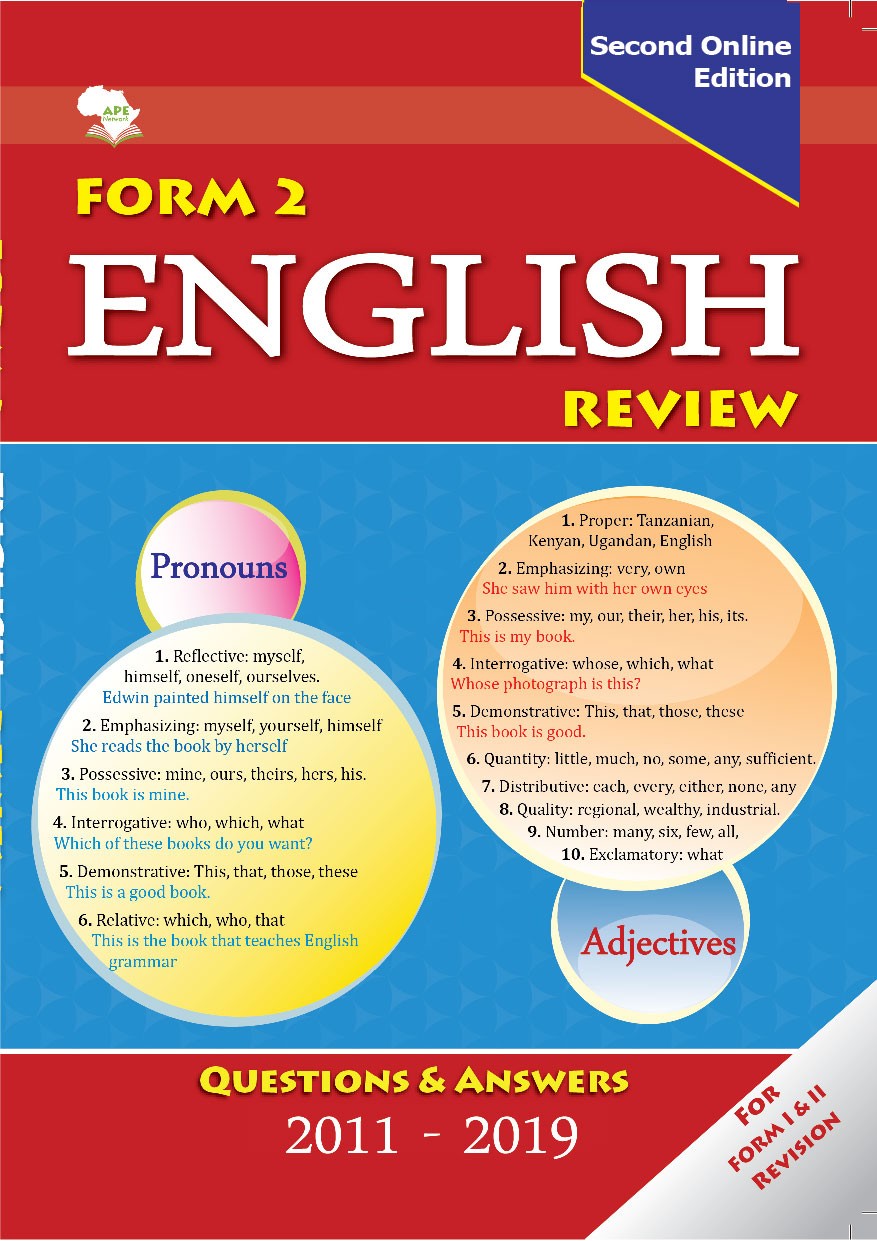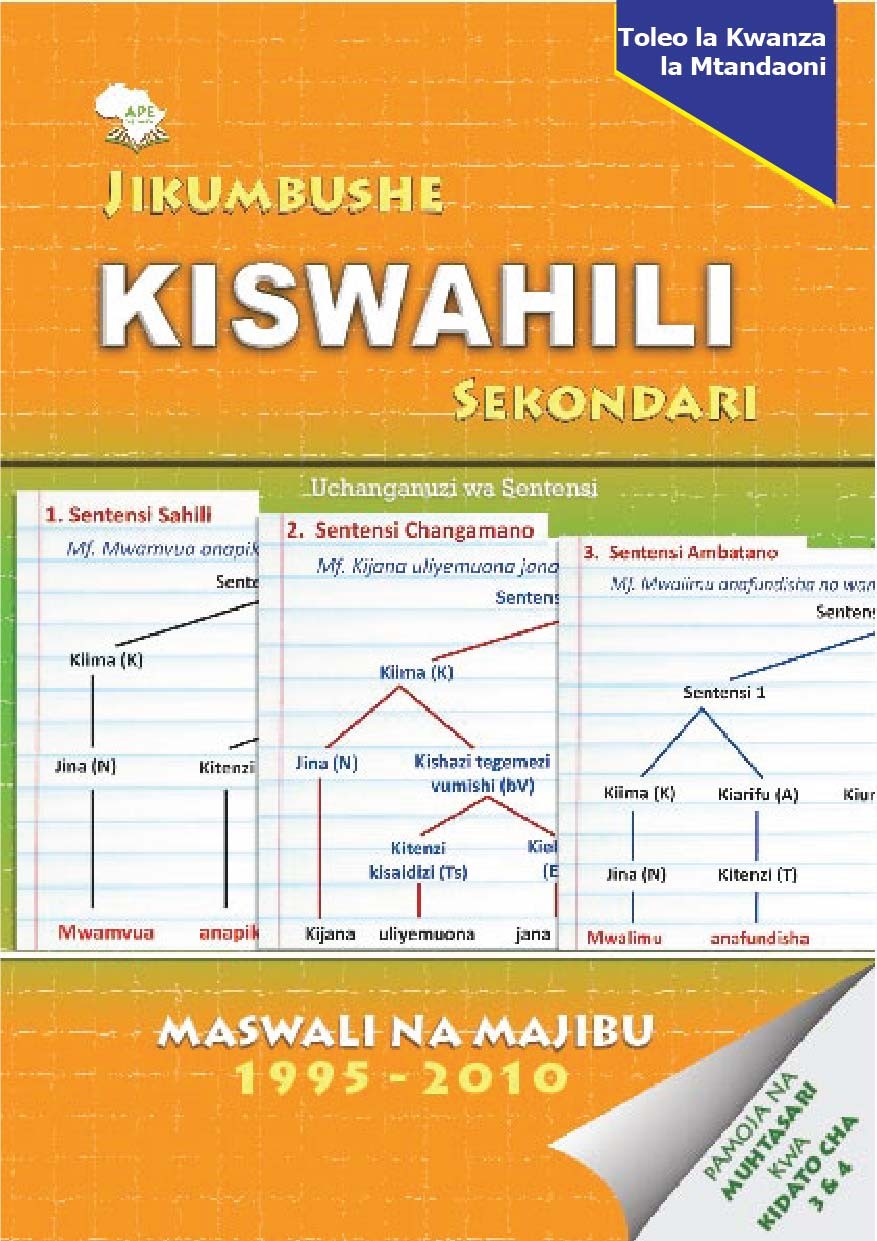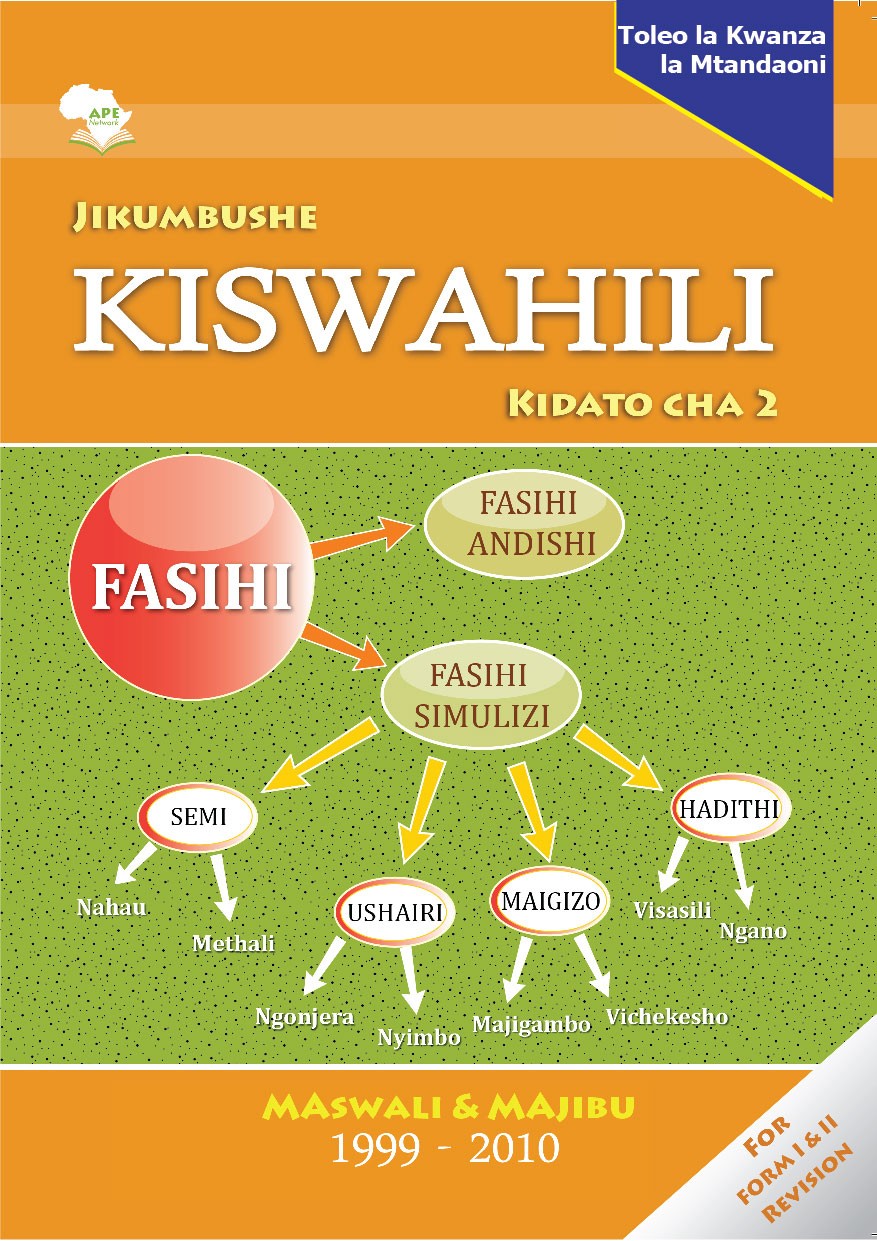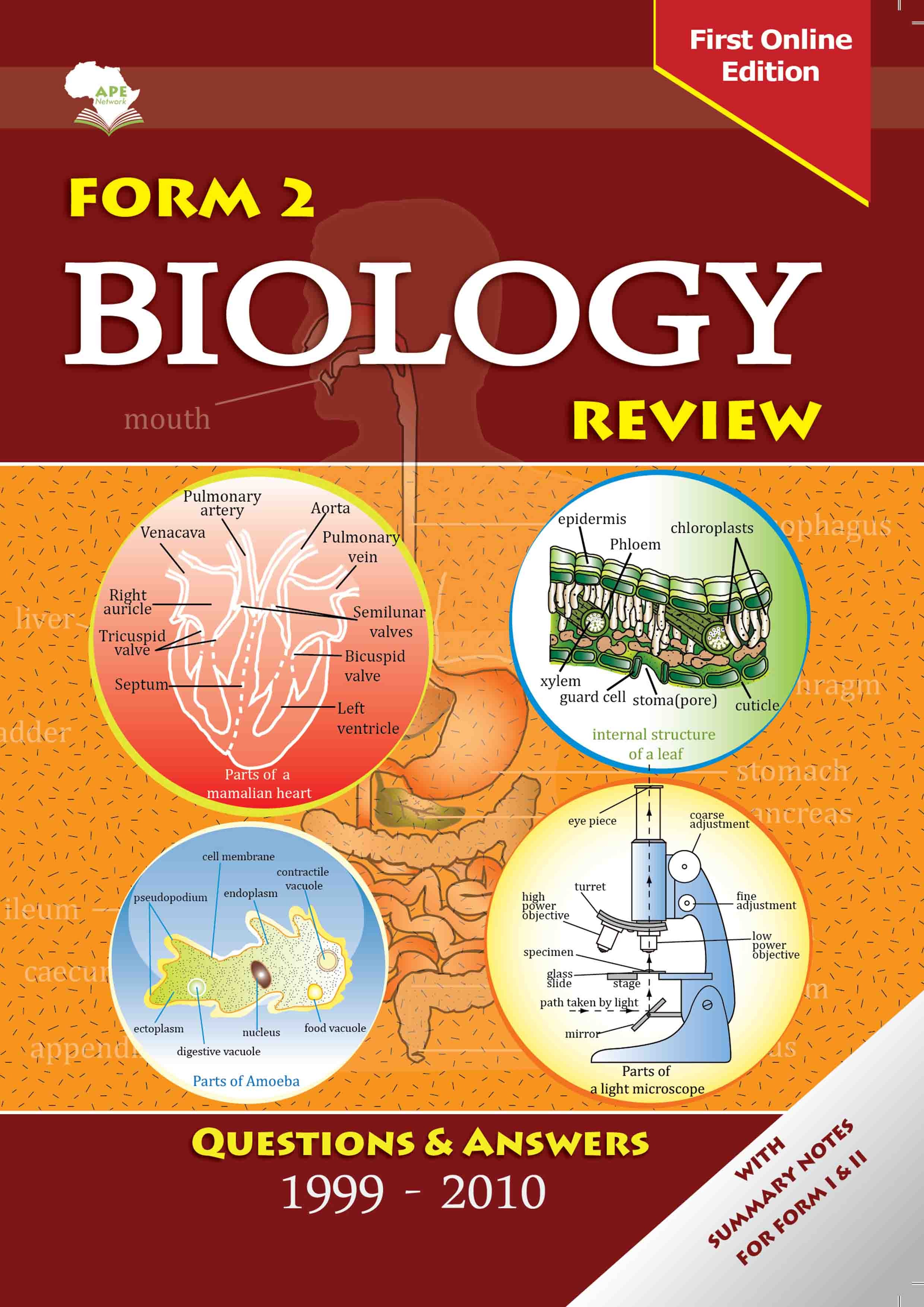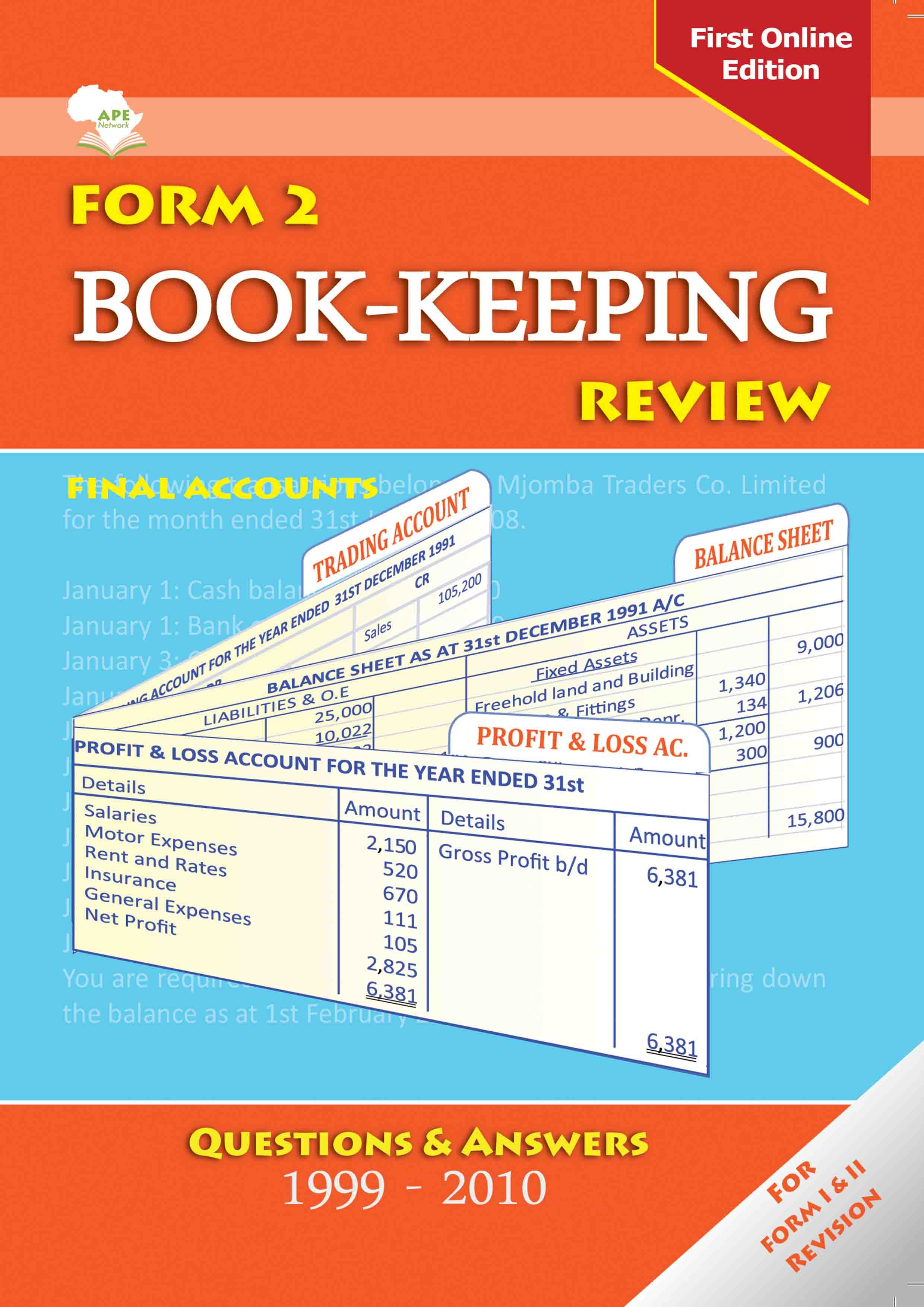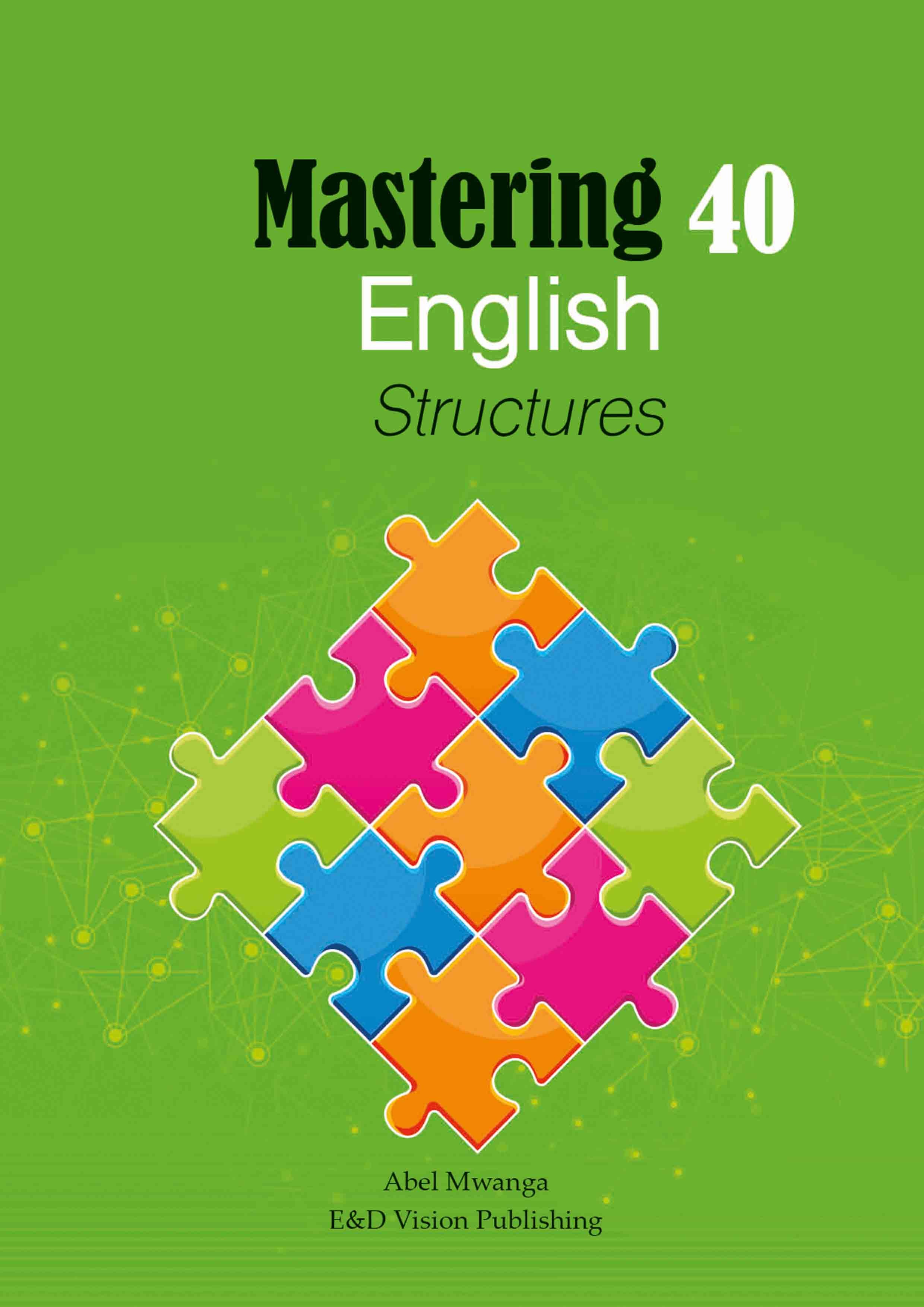BOOK OVERVIEW
Advanced Level Self-study Revision in English Language Paper 1: Questions with Model Answers is meant to guide A-Level English Language students in Tanzania to revise what they have learnt in class. The book is full of questions that aim at challenging the students on their mastery of the English Language. At the far end, there are model answers for each question. The aim is twofold. First, the book aims at engaging students in solving the English language problems at various competence levels. By doing that, the book gives the students an opportunity to test themselves. Second, the answers are meant to guide the students on how the language problems at their disposal could be solved. In that way, it is expected that the book will enrich and sharpen students’ language skills. The students will finally achieve the expected competences as stipulated in the Advanced Level English Language syllabus. What is unique in the book is that most problems are practical. The questions demand the student to solve actual language use-related problems. For example, the book has questions that concern word formation in English. The questions about word formation demand the students to actually form English words or identify the appropriate word formation rules that could be applied in forming particular words. There are also questions about English pronunciation. Again, the questions are practical as they require the student to identify appropriate sounds in particular contexts. The questions also require the student to distinguish words with seemingly identical pronunciation. In that way, the student is fully engaged in learning and in applying the acquired knowledge in solving practical problems. Practical questions apply to all the six parts of the book. Indeed the book is unique! You cannot afford to miss it. As just hinted, the book is divided into six parts. Each part has two sets of up to 25 questions which are again divided into several subsections. Therefore, the book contains more than 300 problems. Part One consists of questions on introduction to language. Here the questions concern various concepts about language, its meaning, use, function and variations. Part Two comprises questions about word formation in English. As mentioned earlier, a lot of practical questions on word formation are raised. Part Three consists of questions about pronunciation where students are exposed to sound distinctions in English. Part Four has questions on interpretation and translation. The questions are meant to engage the students in actual translation by providing them with challenging expressions and texts. It is aimed that by the time the students complete Form six, they should be able to translate simple texts from English to Swahili and vice versa. Part Five of the book contains questions on reading, writing, speaking and editing. Here students are challenged to read and comprehend a variety of texts, write a variety of texts, edit and use language appropriately in speech. Part Six, which forms the last part of the book, consists of questions about words’ meaning and language use. Here, questions about words with opposite meaning, synonymous words, collocations, idioms and phrasal verbs are presented. It is expected that by the time they finish reading this book, the students will be very rich in vocabulary, which will in turn, help the students to excel in other language skills such as writing and speaking. To fully benefit from this book, the students are expected to have read the sister-book by the same author with the title Advanced Level English: A Practical Approach. The latter is a bestseller that carefully explains and clarifies all aspects of the Advanced Level English Language in Tanzania. It uses a student-centred approach in presentation. It is our sincere hope that a student who reads these two resources wholeheartedly stands a better chance of passing the Form Six English Language Paper One. We wish you a happy reading and the best of luck in your English Language studying journey. Enjoy!

